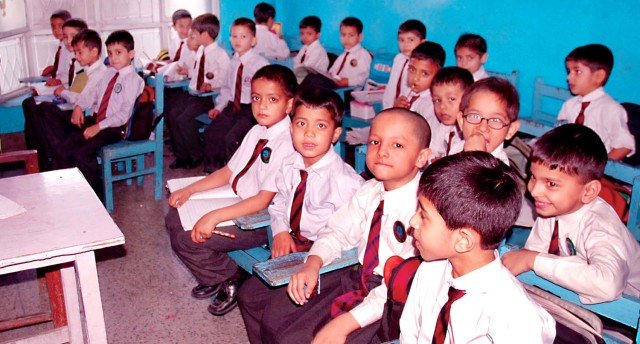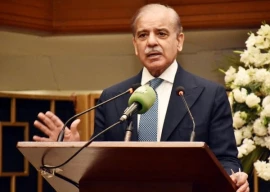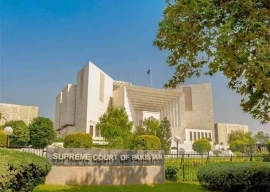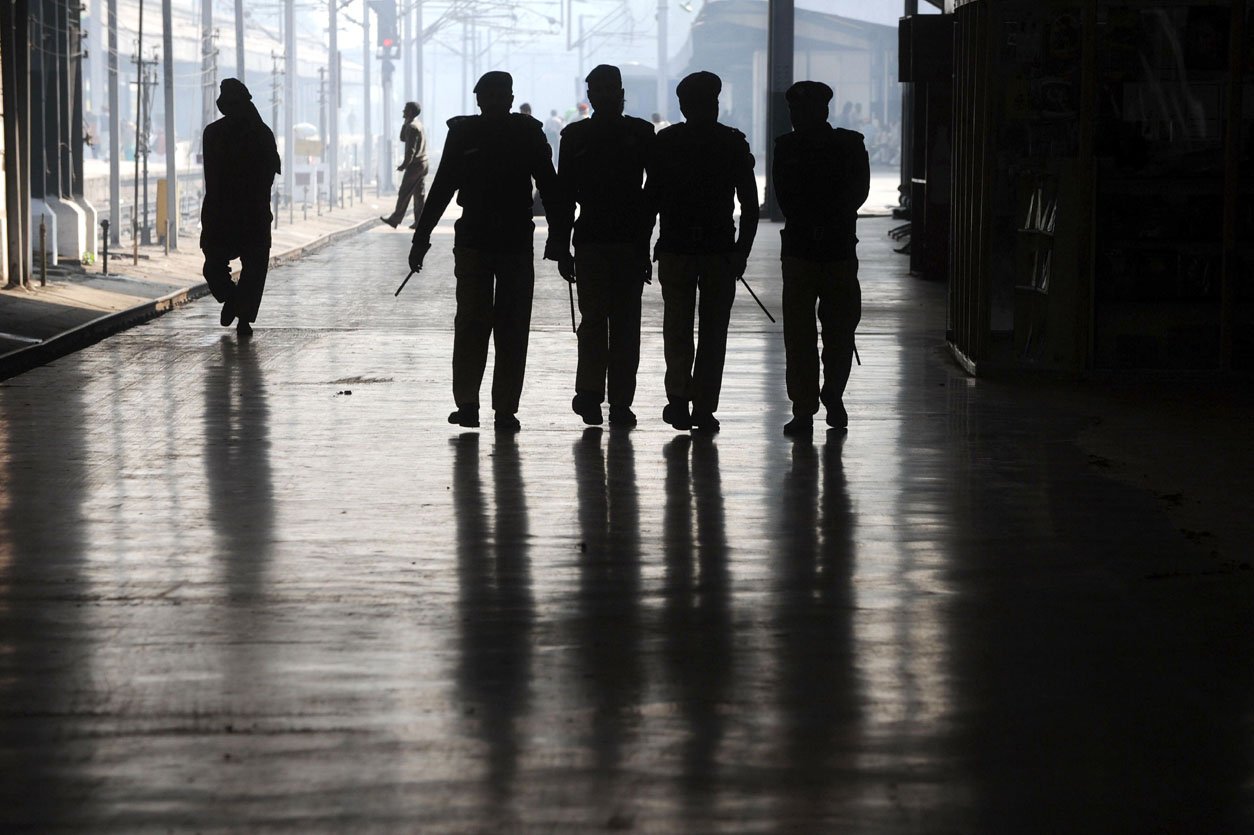
The NHDR report-2017 reveals that Pakistan currently has the largest generation of youth ever recorded in its history, making it one of the youngest countries in the world and the second youngest in the South Asian region after Afghanistan.
The study aims to understand Pakistan’s human development challenges and opportunities from the prism of youth. It focuses on how to improve human development outcomes by empowering young people, addressing the root causes of the obstacles, and by proposing innovative ways to surmount challenges.
UNDP, Japanese govt launch $3.9m project for youths of Sindh and K-P
The Pakistan NHDR 2017 has reached out to nearly 130,000 individuals across the country out of which 90 per cent were youth making it essentially a report “by the youth, for the youth”.
According to the report in Pakistan, 64 per cent of the total population is below the age of 30 and 29 per cent is between the ages of 15-29 years. Therefore, it presents a unique window of opportunity for the country and by investment in quality education, employment and meaningful engagements, primarily can help to empower youth.
“In Pakistan the current median age of 22.5 is expected to hover at around 31 years by 2050, beyond which, the window of opportunity will start to close for good,” anticipates the report.
The study further reveals that in Pakistan youth between the age of 15-29 years make up 41.6 per cent of the county’s total labour force. In addition, almost four million youth attain working age every year.
“In order to absorb this populace into job market…Pakistan needs to create 4.5 million new jobs over the next five years which indicates 0.9 million jobs annually,” suggests the report.
Human Development Index (HDI)
The NHDR highlights wide differences in the state of choices and opportunities available for people living in different cities/localities in Pakistan. Among major cities of the country, Islamabad has the highest HDI of 0.875, followed by Azad Jammu and Kashmir with an HDI 0.734; whereas Federally Administered Tribal Areas (Fata) recorded the lowest HDI at 0.216.
On the other hand, Punjab has the highest HDI of 0.732 whereas Balochistan has the lowest HDI of 0.421. The other two provinces, Sindh and K-P perform relatively better and fall in the medium human development category.
With regards to the district-wise breakdown, the report reveals that out of the ten top performing districts, four belong to K-P, three to Punjab, and two to Sindh, whereas six of the ten worst performing districts belong to Sindh and four to Balochistan.
Education
The report highlighting the current net enrollment growth rate of the country of 0.92 per cent predicts that it will take another 60 years to reach the target of zero out-of-school children.
It further states that a staggering 9.45 million children at the primary level were estimated to be out of school in 2015.
“Therefore to achieve this goal by 2030…Pakistan must increase its net enrollment ratio to a yearly growth of 3.8 per cent,” suggests the report.
The study reveals that Pakistan’s increased educational attainment levels have failed to reduce the socio-economic deprivation of a significant section of the population.
Youth vote
The report while quoting National Youth Perception Survey states that only 24 per cent of youth expressed to have trust in politicians. However, approximately 90 per cent male and 55 per cent female expressed their intention to vote in the 2018 general elections.
[tvideo url ="//content.jwplatform.com/players/vgwSGBz4-VpHe0zu5.html"]























COMMENTS
Comments are moderated and generally will be posted if they are on-topic and not abusive.
For more information, please see our Comments FAQ